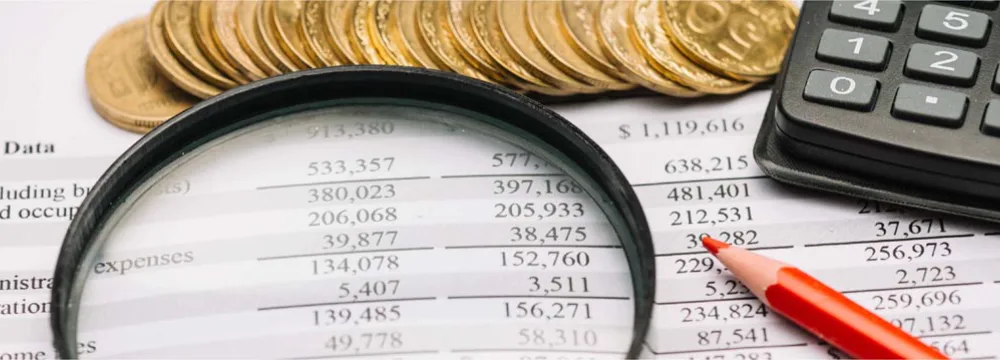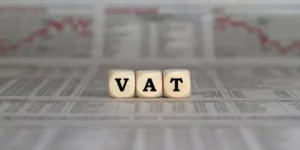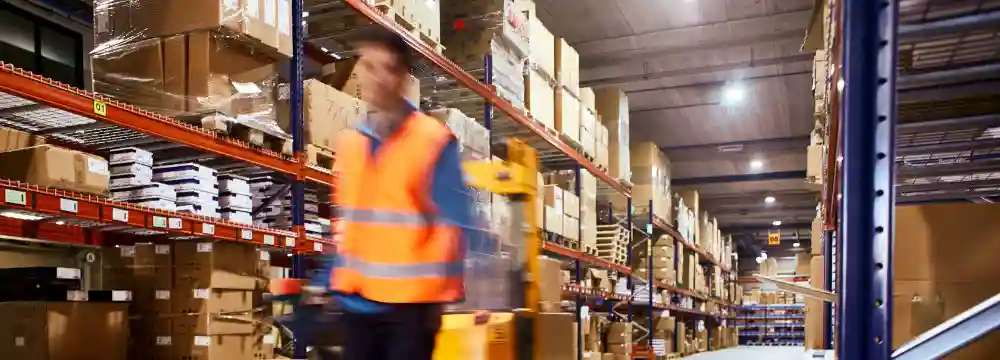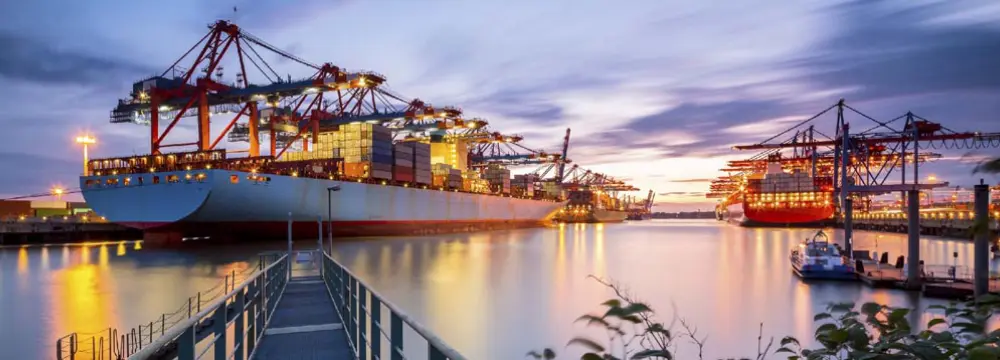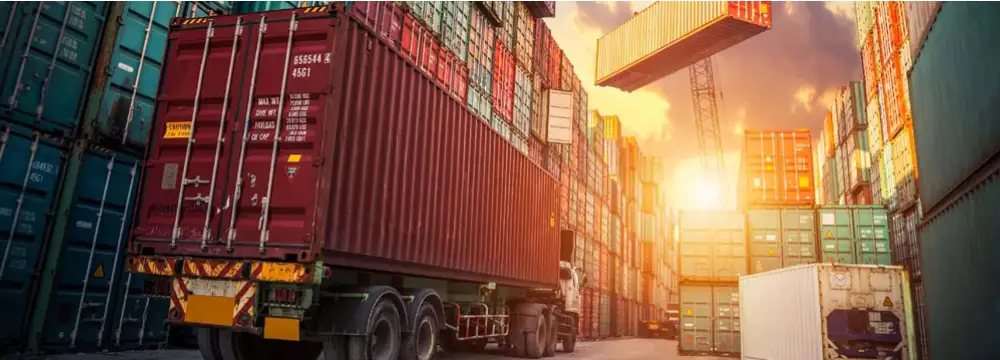You might already be familiar with certain taxes and tariffs that are subject to be paid when you import a product from abroad into your country; however, these charges are sometimes also applied to exports leaving a country.
A tariff simply refers to a tax on specified classes of imports and exports. These tariff barriers (TBs), together with non-tariffs barriers (NTBs) such as quotas and product standards, are ways for countries to direct its trade and are often referred to as trade barriers.
Each country has their own taxes and tariffs imposed upon imports and exports. China tariff barriers, generally distinguishes, between three main tax categories: a value-added tax (VAT), a consumption tax and general custom duties. These tariffs can range from anywhere from 0% all the way up to 100%. Non-tariff barriers include complex regulation, quotas, licenses and other means.
Over time countries have been slowly withdrawing the amount of taxes and tariffs as they increasingly viewed as detrimental to free trade objectives. If you compare the average tariff rate applied in China against manufactured products, you can see a drop from 40.75% tariff rate applied in 1992, to 7.69% in 2010.
China Tariff Barriers: Current Taxes and Tariffs
Value Added Tax (VAT)
All goods imported into China are subject to a VAT and is required to be paid prior to being cleared by customs. The VAT is determined by the tax rate currently applied to the same goods produced in the domestic Chinese market. The current VAT is on most goods is 17% but can be as low as 13% for some items.
To calculate the applicable VAT, the good must be over 50 Yuan in CIF value. Calculating the VAT is complicated and some terminology is necessary prior to explaining the calculation.
- Duty Paying Value (DPV): This generally means the price of the goods at the port of destination. In short, it is “Price + Shipping + Insurance”.
- Composite Assessable Price (CAP): The price of the goods after customs including any customs fees and consumption taxes. In short, it is “DPV + Customs + Consumption Tax”.
The VAT is basically the tax of the goods after customs and it is calucated using the following equation:
- VAT = CAP * VAT rate
The most common tax in general – which has to be considered as well for trade.
Consumption Tax
While VAT is applied to all products, the consumption tax focuses on imported products, not exported ones. In particular, high-end luxury, non-renewable petroleum, and high energy consumptions products are all subject to this tax: Jewellery (high-end luxury), automobiles (high-energy consumption) and gasoline and diesel (non-renewable petroleum) products are prime examples.
The consumption tax rates vary greatly (ranging from 1% to 45%) and necessitate the importer to review which rate applies to the imported good.
Calculating the consumption tax can be tricky as it depends on what basis it is paid. There are three mains methods: the ad valorem, quantity and compound bases. We have briefly outlined the three bases below:
- Ad Valorem: Consumption Tax Payable = Composite assessable price * CT Rate
- Quantity Basis: Consumption Tax Payable = Quantity of taxable goods * Tax amount per unit
There is also a formula to calculate the compound amount if required:
- Composite assessable price (CAP) = (DPV + Import duty) * (1 + CT Rate)
- Composite assessable price (CAP) = DPV + Import duty + (Quantity of taxable goods * Tax amount per unit)
Note: DPV is the cost of goods including all transportation costs, insurance paid and all other related costs.
Customs Duties
Custom duties can apply to both imported and exported products, and currently there are 8,238 goods subject to these taxes as set out in China’s 2013 Customs Tariff Implementation Plan. They are a common example for China tariff barriers.
There are several different types of customs duties, and all apply in their own unique circumstances. These consist of the following:
- General duty rates
- Temporary duty rates
- Tariff rate quotas
- Conventional duty rates
- Most-favoured-nation duty
- Special preferential duty rates
It is recommended to thoroughly research exactly which rates will apply to your product to avoid any unexpected charges arising post order.
Export Duties
Currently, China only has a few products subject to export duties. These are either resource based products, such as coil or crude oil, or alternatively part-manufactured goods. These duties are usually implemented on a temporary basis with the intention to protect domestic resources. Due to the temporary protection nature of these goods, it is recommended to check an up to date list to ensure relevant information is up to date.
Export duties are applied using the DPV amount. However, for export duties the DPV is not to include freight and transport expenses or insurance expenses unlike consumption tax and VAT. Duty rates can be as high as 100%.
The various combinations of different countries of origin and countries of destination
lead to different taxation scenarios.
The Purpose of Taxes and Tariffs
There are a variety of different objectives set out to be achieved from imposing tariffs on imports and exports by China tariff barriers. As with all taxes, the money raised through the implementation of these charges will flow directly to the Chinese government for fiscal measures, allowing them to raise funds for the country. However, there are less obvious reasons to be considered.
Other purposes include the intention of creating barriers of trade. This is properly covered in the relevant article found. When a country feels threatened by other countries they usually create various barriers to deter outside investment or imports. Subjecting imported products to taxes is one method to forming these barriers, and it seeks to protect the native countries own domestic industry. This can even lead to trade wars.

